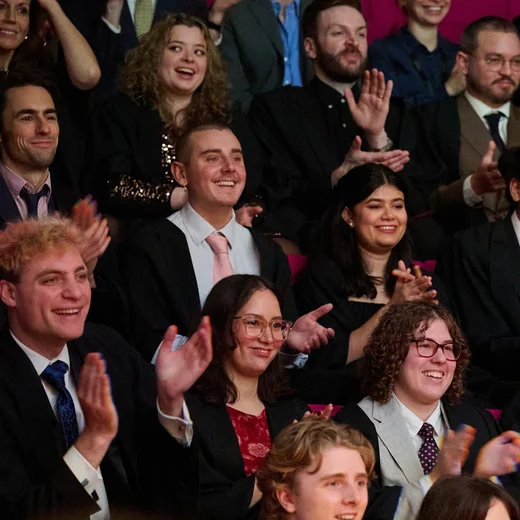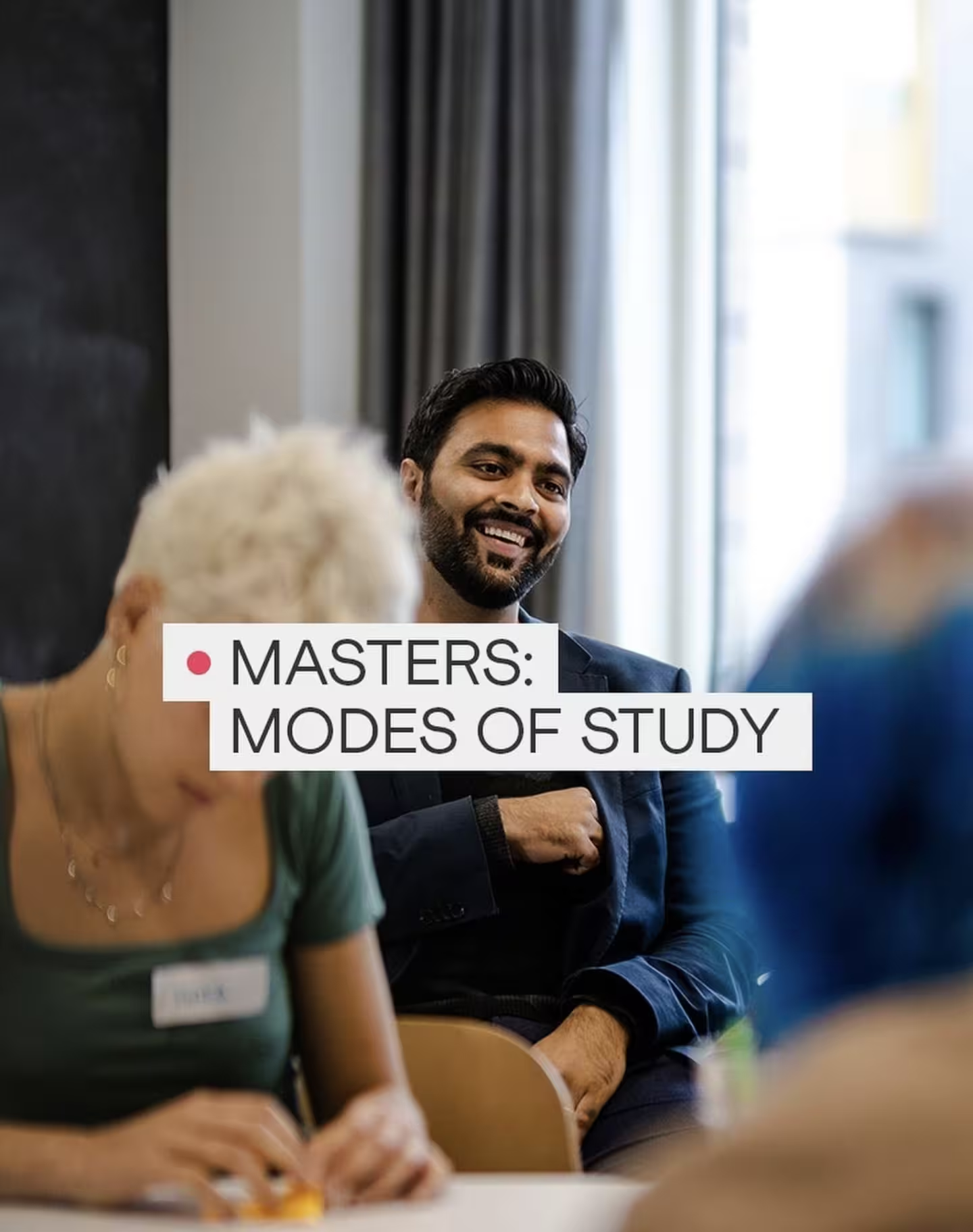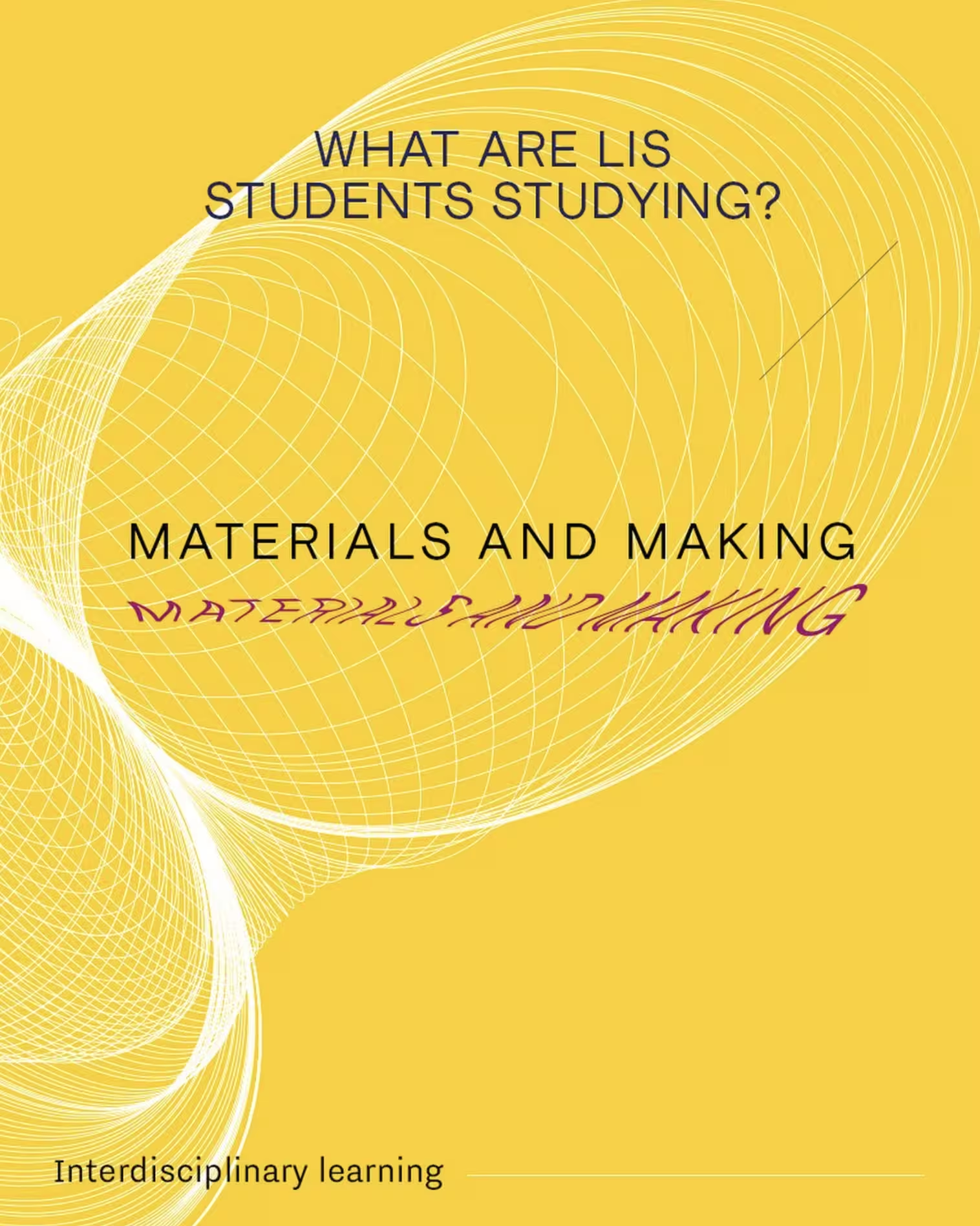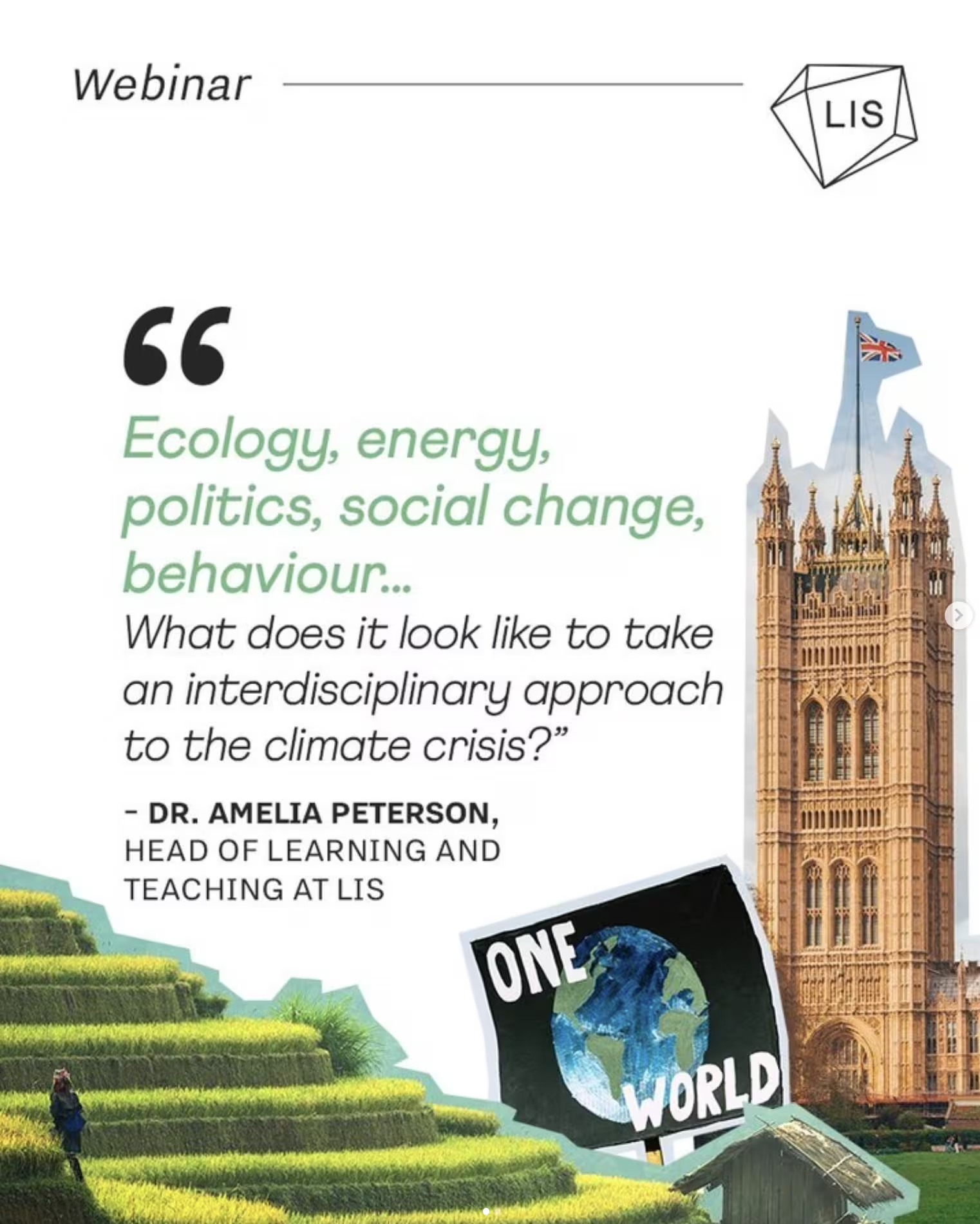Check out some of the problems our first years tackled

The culmination of the first year’s problems module came to an end on the last day of term one. Through this module we have been trying to understand the complex problem of inequality through our different disciplines. The choice was between network science and political economy and then neuroscience or linguistics. I chose network science as I had never done anything like it before, whereas I had done economics at A –Level so had a broad understanding, and then chose neuroscience for my second discipline as I wanted to get a deeper understanding of the physical symptoms of inequality and how the brain is affected. We had to use at least two of the disciplines we studied in our presentations, whether that was finding evidence to back up claims or changing the way language was used.
In order to bring all these thoughts together in our coaching groups (coaching groups are the groups we were assigned to and meet with each week) we had to put together a pitch to an investor panel answering the question “What should we do about inequality?”. All the groups came up with different areas to focus on, ranging from a non-profit to help expectant mothers, to neo-redlining and a prototype to increase access to green space in cities. We all created a pitch deck and did a ten-minute presentation to our peers, faculty and external members who came in to assess us. After the presentation there was a ten Q&A session where the audience could ask us questions about our prototype, why we chose the area of interest, and discuss any flaws with our idea.
Our group (Xenon) decided to narrow down the scope of inequality to look at poverty and specifically how the basic provisions of schools can be adapted and improve to mitigate the neurological effects of poverty. We pitched a company with a five-step framework that supports the growth of children from low-SES (socio-economic-status) families. We would have specialist staff trained to go into schools to see how the systems already in place within schools can be adapted to add our framework. We focused on using network science and neuroscience but tried to incorporate political economy into our product as well.
All the pitches were unique with great thought and time put into the contents and presentation of their ideas:
- Oxygen had created a non-profit for expectant mothers to aid the development of the foetus. They created partnerships with high street companies for donations as well as creating support groups for these mothers.
- Neon looked at the inequality of people behind bars and the problems associated with private prisons. They argued that the welfare of the prisoners is not prioritised and that there needs to be reform in order to change the way that we, as the public, view prisoners.
- Krypton was the only group to have a physical prototype rather than a company. They had created vertical green spaces to be introduced in areas where there was a lack of access to these spaces. Their pitch indicated that green space could have a strong impact when designed with neurodevelopment in mind. “We can create green spaces which promote positive neurodevelopment to address biological inequality, utilising insights from network science to move the system to a healthier state” said one of their members.
- Scandium looked at the consequences of illegality and more specifically talked about coca (cocaine) farmers. They discussed the vicious cycle of inequality ang how they believe the government needs to be held accountable to create policy reform.
- The final presentation of the day was by Vibranium, the smallest group with only 2 of them however, they coined the term neo redlining to talk about mortgage rates and interest rates on borrowing if you are from a low-income area. Redlining was the denial of services based on qualities or demographics and was around in the United States until the fair housing act was introduced in 1968.
Each group spoke eloquently and communicated their ideas to both the panel and their peers. It was a great experience to speak in front of a large group and learning how to effectively convey our thoughts in a brief presentation – neither of which many of us had done before joining LIS. I look forward to being able to improve on my presenting skills through the feedback we get from this assessment, and to practice this further in coming assignments.
Share this story
Sign up for our newsletter
Don't miss out on important updates including course information, new announcements, Open Day dates and the latest LIS news.














































.svg)

.svg)





This is a comment related to the post above. It was submitted in a form, formatted by Make, and then approved by an admin. After getting approved, it was sent to Webflow and stored in a rich text field.